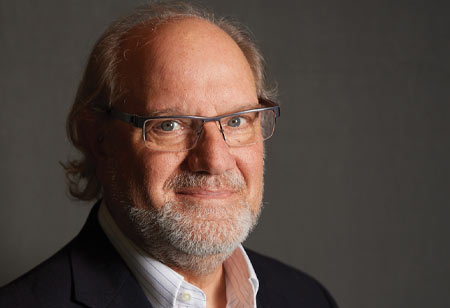

Thank you for Subscribing to Eldercare Review Weekly Brief

The contemporary hospice movement took root under the direction of Dame Cicely Saunders in the UK in the mid1960s with a holistic, team-based approach to bringing comfort and dignity to those who were dying. Imported into North America a decade later, hospice proliferated after the adoption of hospice care as a Medicare benefit in the 1980s. The Medicare Hospice Benefit stipulates who can get hospice and outlines specific requirements for the hospice team. This team will include a medical director, nurse case manager, social worker, chaplain and volunteers. The goals are to assure patient comfort and dignity as they approach the end of life. The main criterion for hospice eligibility is that an individual has a terminal illness and that if the disease runs its normal course, death would be expected to occur within 6 months. So after four decades of hospice availability, how are we doing?
There are currently over 6,500 Medicare-certified hospices in the United States serving over 1.7 million Medicare beneficiaries annually, costing $26 billion per year. Approximately 50% of all Medicare decedents record at least one day under hospice services. By all accounts, patients and families appreciate their hospice providers. The focus on compassionate care, the power of the interdisciplinary team addressing the physical and psychospiritual aspects of living and dying, and the centering of patient and family values in the care planning process is an appealing and essential part of this unique medical model. While there have been some adjustments in the regulations governing hospice over the years, the essence of the model and payment system is generally what was established in 1982. For example, recognizing that prognostication is an inexact science, Medicare now allows unlimited benefit periods, as long as the patient continues to meet specific clinical criteria.Hospice is not about giving up—it’s about ensuring comfort, dignity, and quality of life when cure is no longer possible. Patients and families who embrace hospice often say, ‘I wish we had called them sooner.’ Everyone deserves compassionate end-of-life care
I agree We use cookies on this website to enhance your user experience. By clicking any link on this page you are giving your consent for us to set cookies. More info